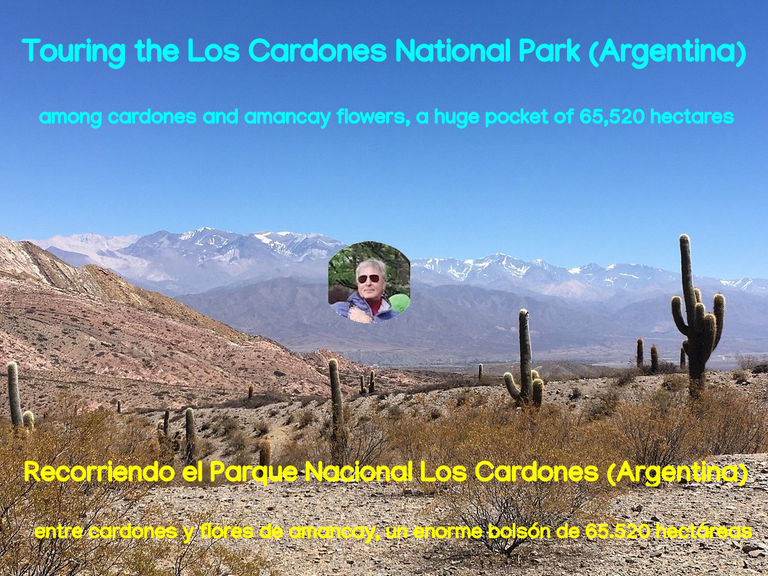
I keep telling you about my search for plants and places of interest.
In the last posts I have shown you some information and photos of places that I have traveled before the coronavirus pandemic and that I hope to visit again in the near future.
In the two previous posts I referred to two forest plants, obviously little known in the city: the larch and the myrtle.
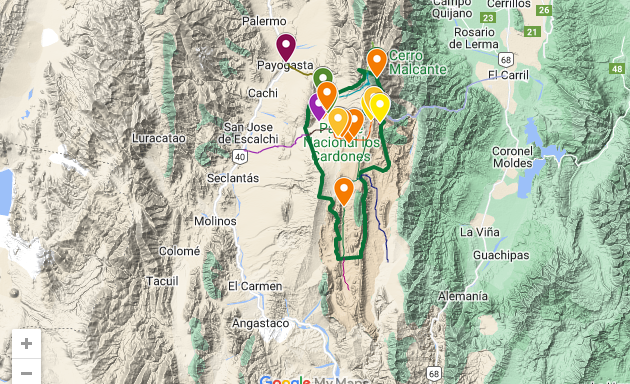
They are typical mountain plants and, in my case, I find them in the mountainous foothills of the Cordillera de los Andres in Argentine and Chilean Patagonia.
The curious thing, and at the same time remarkable, is that entire forests of these plants, which have been given the status of protected species as National Parks, and in some cases, true UNESCO World Heritage Sites.
Especially since there are plants that are more than 200 years old.
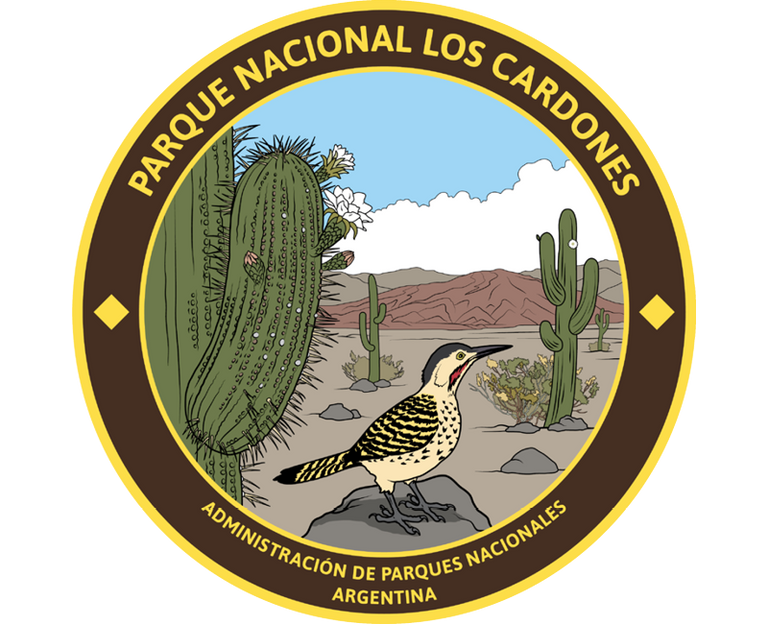
First I told you some things about the beautiful Los Alerces National Park in this post.
and then I continued with the no less exuberant Los Arrayanes National Park in this other post.
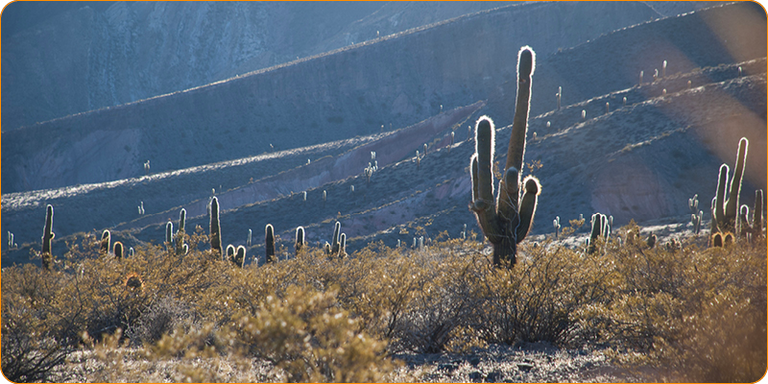
Sigo contándoles sobre mi búsqueda asociada a plantas y lugares de interés.
En los últimos posts les he mostrado algo de información y fotos de lugares que he recorrido antes de la pandemia del coronavirus y que espero volver a recorrer en un futuro próximo.
En los dos posts anteriores me referí a dos plantas de bosques, obviamente poco conocidas en ciudad: el alerce y el arrayán.

Son plantas típicas de montaña y, en mi caso, las encuentro en las estribaciones montañosas d ela Cordillera de los Andres en la patagonia argentina y chilena.
Lo curioso, y a la vez destacable, es que enteros bosques de estas plantas, a los cuales se les ha dado el estatus de especies protegidas como Parques Nacionales, y en algunos casos, verdaderos Patrimonios de la Humanidad UNESCO.
Sobre todo porque hay plantas que tienen más de 200 años.
Primero les conté algunos cosas del hermoso Parque Nacional Los Alerces en este post
y después seguí con el no menos exhuberate Parque Nacional Los Arrayanes en este otro post.
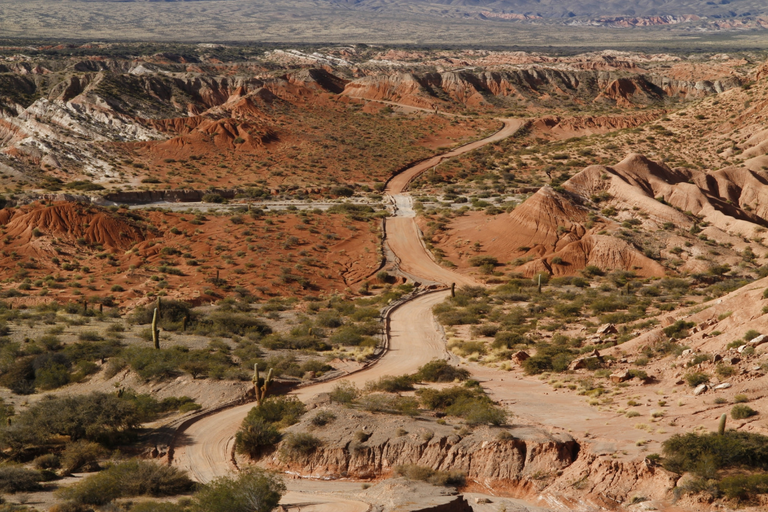
Los Cardones National Park is located in the central west of the province of Salta, circumscribed in a huge pocket of 65,620 hectares that extends between the departments of Cachi and San Carlos.
In that place, and crossing a route that winds between cardones and amancay flowers, testimonies and guardians of the ancient Inca Empire and the unique Enchanted Valley, which keep the vestiges of its rich past, we arrive at Los Cardones National Park.
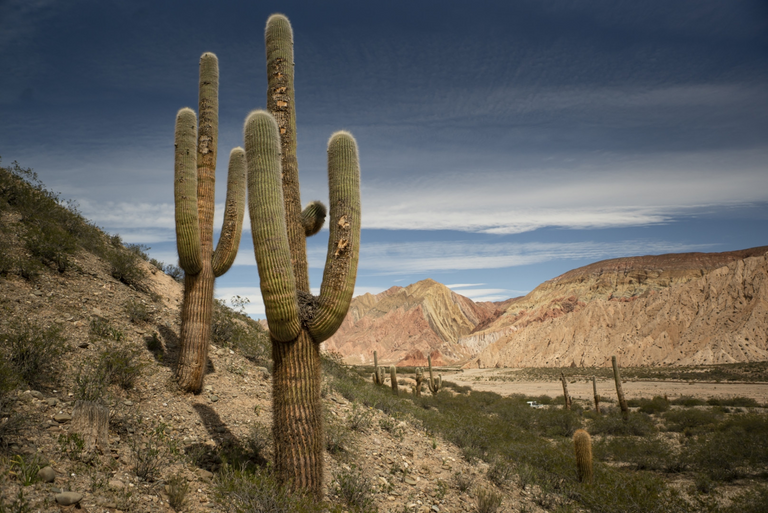
This plant species that we find everywhere, on the plain, on the slopes of the mountains, in the highlands and in the middle of a semi-arid landscape, which he gives the name to the park, presents adult specimens that reach 3 meters long having reached between 250 and 300 years.
Since 1996 it has been a protected national park as it is included in the so-called National Parks of Argentina.
As in so many other parks, its species, both plant and animal, ran the risk of disappearing due to the irrational exploitation of its wood.
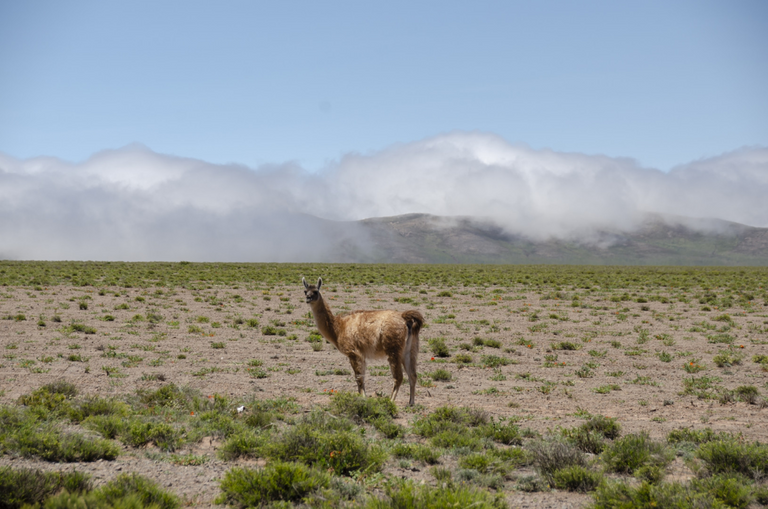
The rest of the flora, very limited in terms of species, and the totality of the fauna show characteristics as unique and rugged as the landscape that shelters them.
The route, in fairly good condition, allows you to admire a landscape that, in its arid silence, seems to extend to infinity.
You can admire and / or buy souvenirs made of cardón because the park guards (the park guards) collect the dried specimens and give them to the artisans of the area so that they can make real works of art.

El Parque Nacional Los Cardones se ubica en el centro oeste de la provincia de Salta, circunscripto en un enorme bolsón de 65.620 hectáreas que se extiende entre los departamentos de Cachi y San Carlos.
En ese lugar, y atravesando una ruta que serpentea entre cardones y flores de amancay, testimonios y guardianes del antiguo Imperio Incaico y del singular Valle Encantado, que guardan los vestigios de su rico pasado, llegamos al Parque Nacional Los Cardones.
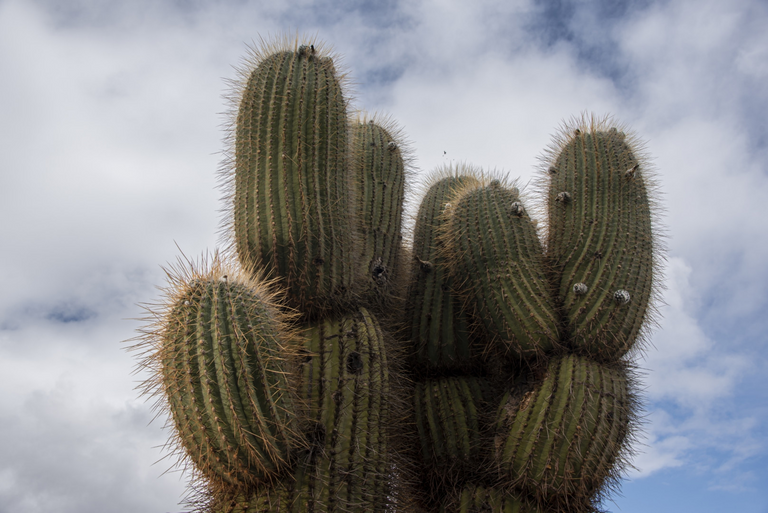
Esta especie vegetal que encontramos por todos lados, en el llano, en las laderas de la montañas, en los altiplanos y en medio de un paisaje semiárido, que el da el nombre al parque, presenta ejemplares adultos que llegan a medir 3 metros habiendo cumplido entre 250 y 300 años.
Desde el año 1996 es un parque nacional protegido al ser incluído dentro de los llamados Parques Nacionales de Argentina.
Como en tantos otros parques sus especies, tanto vegetales cono animales, corrieron el riesgo de desaparecer a causa de la explotación irracional que se hacía de su madera.
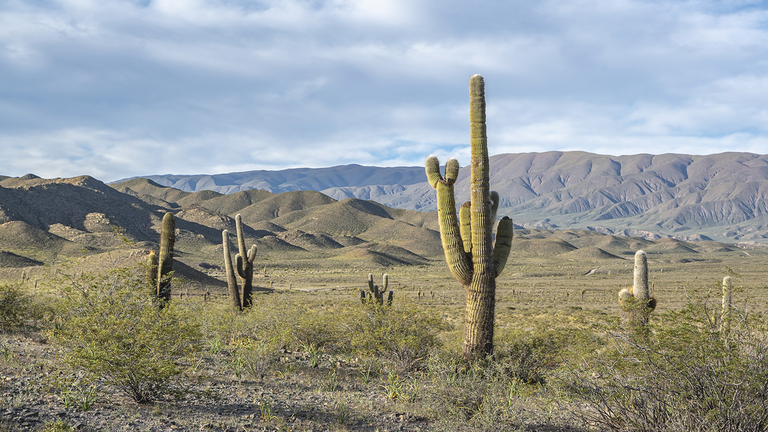
El resto de la flora, muy limitada en cuanto a especies se refiere, y la totalidad de lafauna muestran características tan singulares y agrestes como el paisaje que las cobija.
La ruta, en bastante buen estado, permite admirar un paisaje que, en su árido silencio, pareciera extenderse hasta el infinito.
Se pueden admirar y/ocomprar souvenirs hechos de cardón porque los guardiaparques (losguardianes del parque) recogen los ejemplares secos y se los entregan a los artesanos de la zona para que hagan verdaderas obras de arte.
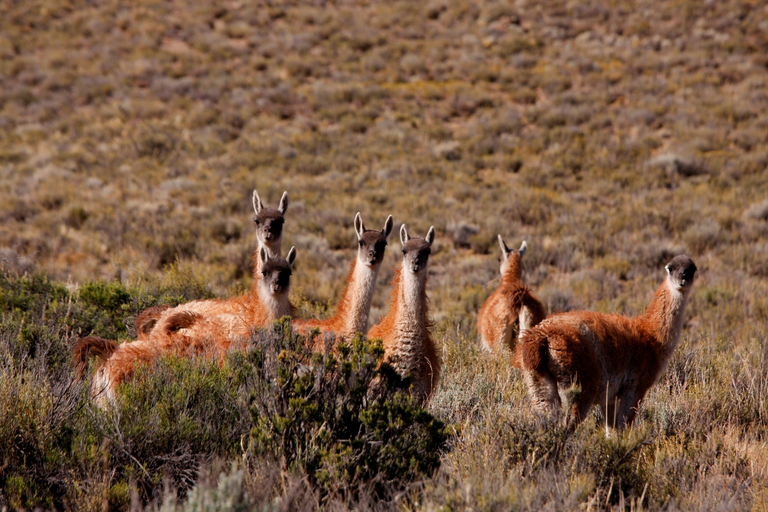
- Fuente de las imagenes / Sources images: Parque Nacional Los Cardones Sitio Oficial. / Los Cardones National Park Website Official
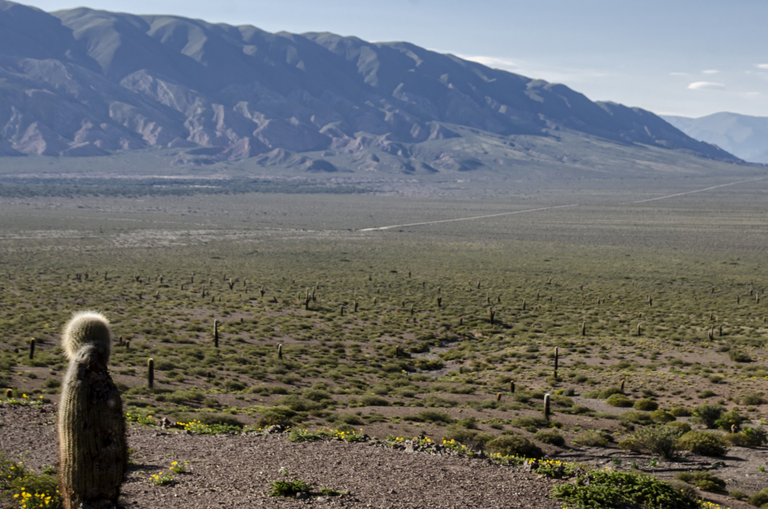

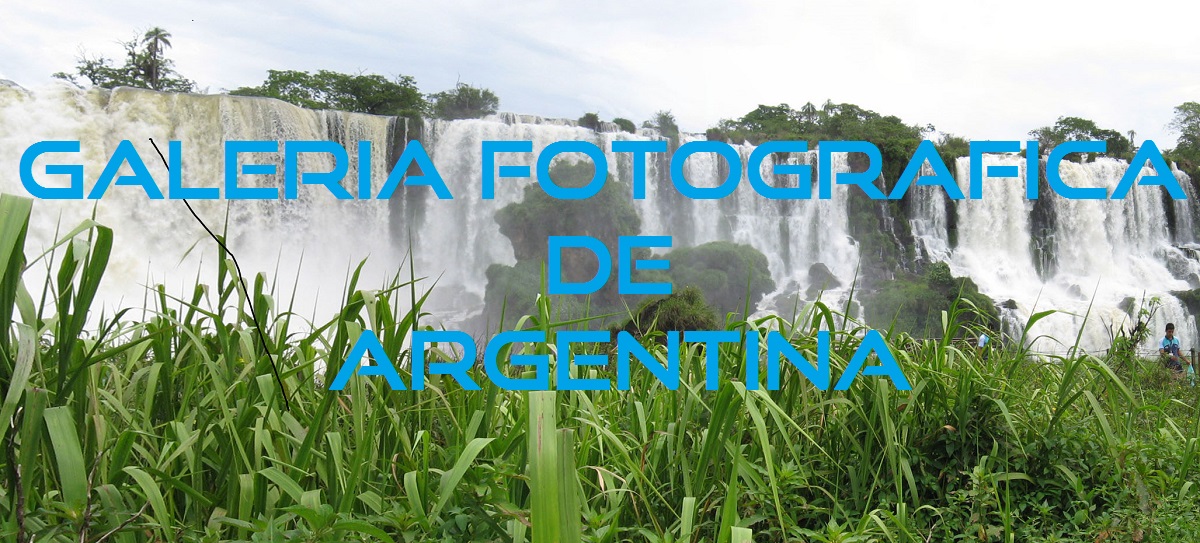

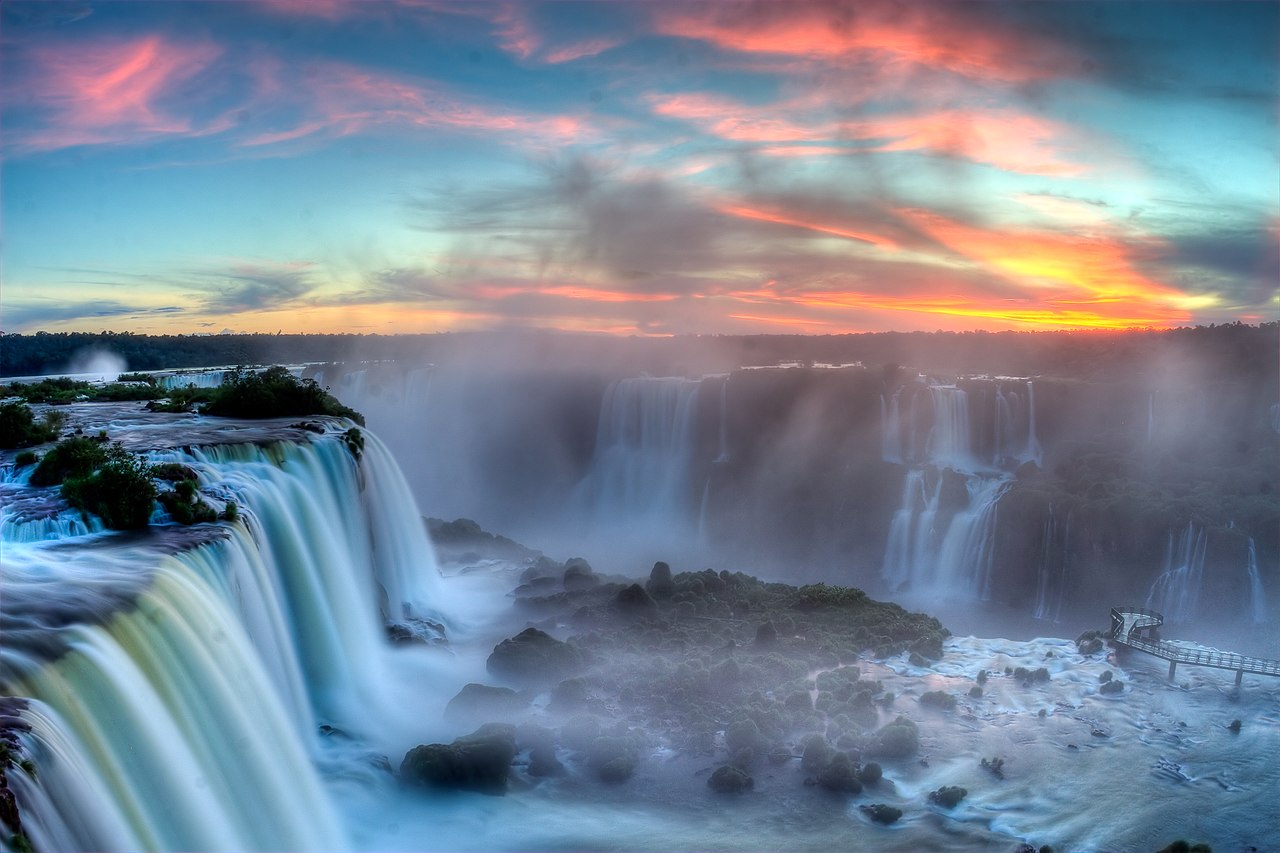











0 commentarios:
Publicar un comentario